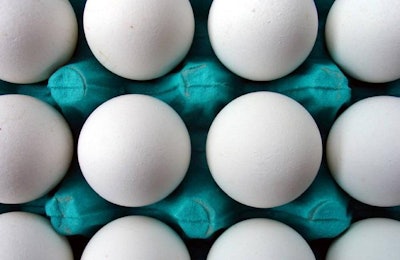
I recently visited a country that has more free-range, local and “heritage breed” production of eggs, broilers and ducks than any other in the world: China. Based on how consumer perceptions have changed in Western Europe and North America, you would think that this would put the Chinese poultry industry right in line with consumer wishes, but that isn’t the case. Demand for poultry products in China is suffering right now because consumers don’t have confidence in the safety of these products due to some high-profile “scandals” and avian influenza.
The poultry industries in countries like China and Russia are moving forward with new technologies like tiered-housing systems for broilers, that save energy, require less land, and improve bird performance by keeping the birds away from their manure. Innovations like these coupled with improvements in hatchery technology could be a great leap forward for the poultry industry providing improved bird performance, lower cost and reduced drug use.
Unfortunately, what I call “tiered-housing” or “colonies,” consumers may call cages, and then these never get used in North America or Europe. We are seeing the same thing happen to enriched colonies for layers, a great concept, but the market is jumping from conventional cages straight to cage free.
What the U.S. layer industry needs are systems that consumers will recognize to be cage free that eliminate as many of the negative production and welfare aspects of cage-free egg production as possible. Issues like ammonia and dust levels in the house, exposure of birds to manure, higher mortality rates, and eggs laid on the floor are negative aspects of cage-free systems relative to cage housing for hens. Each of these will need to be addressed by either equipment designers or geneticists if the layer industry is to continue to improve.
Continued innovation is the only thing that will keep any move out of cages from becoming a big step backward for egg producers and society.
















